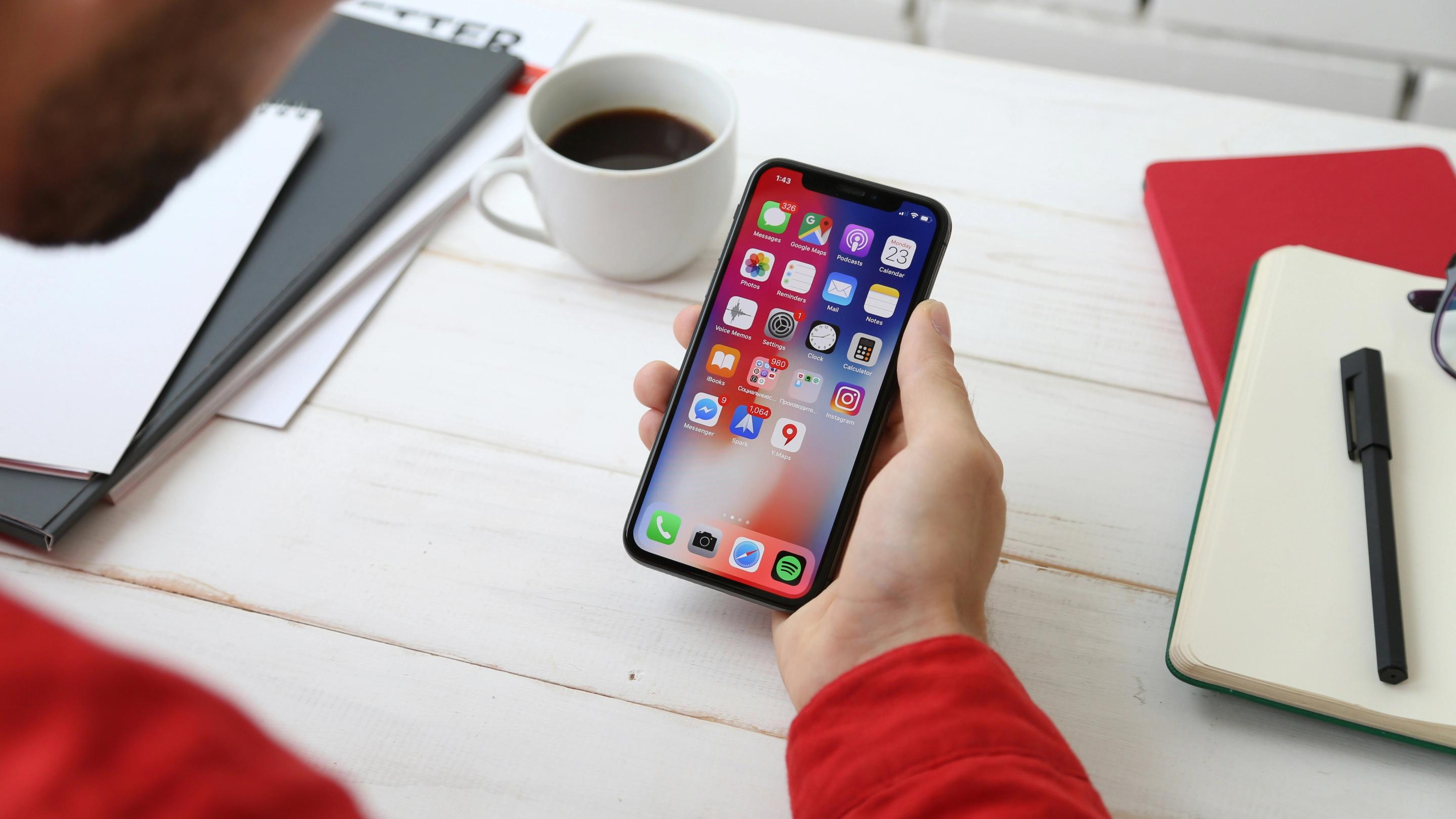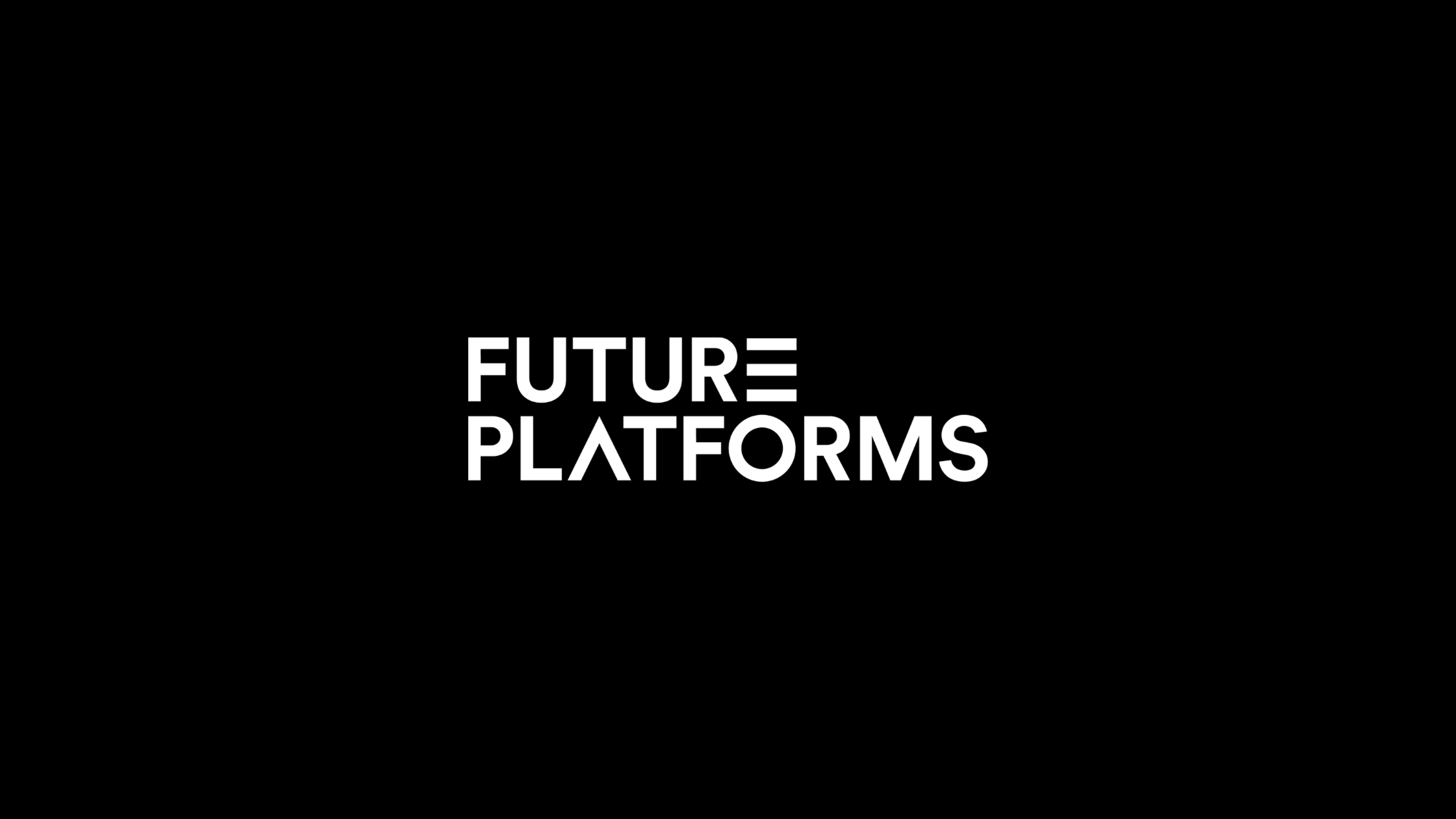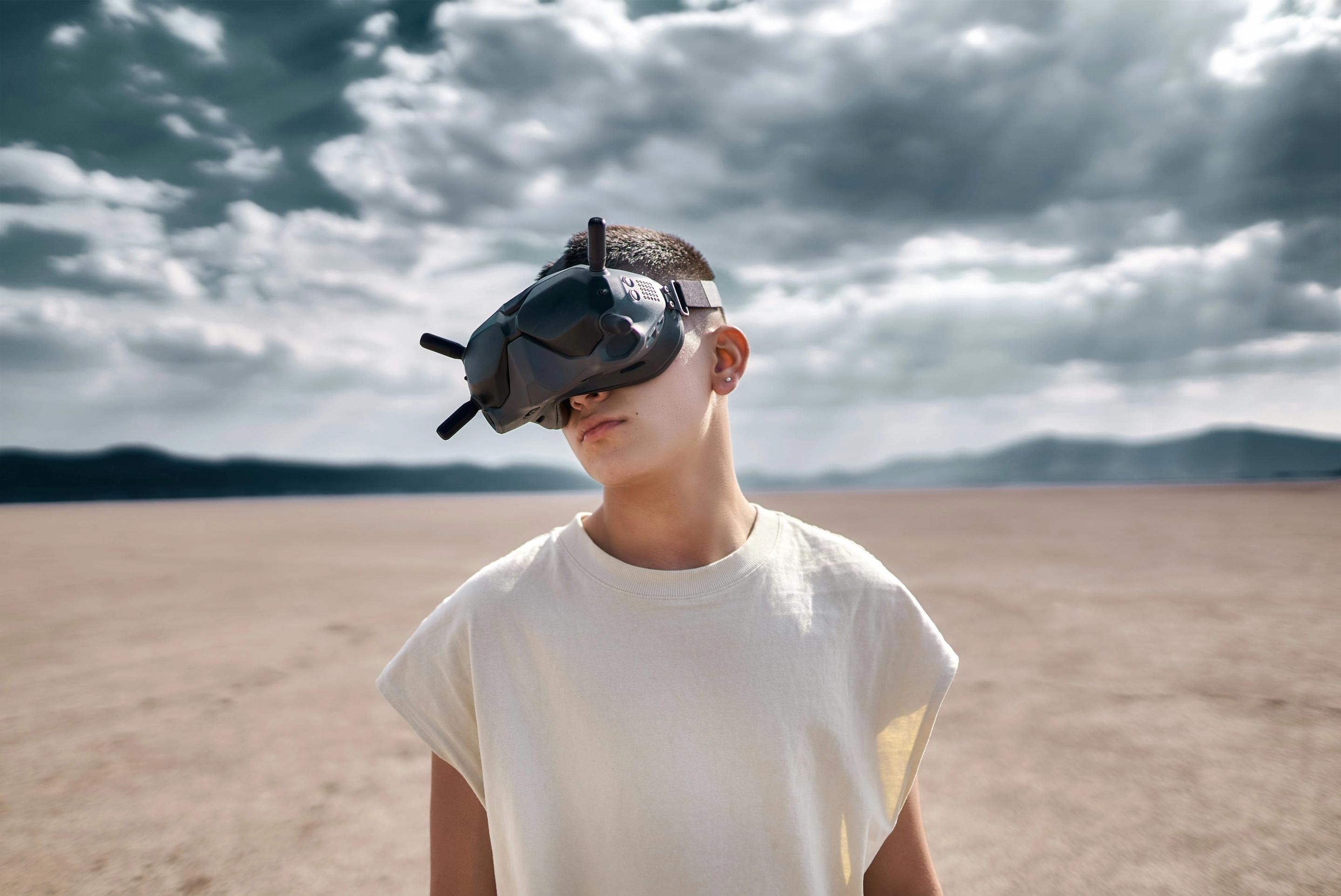Leveraging Motion Design for Visually Engaging Websites

As more of our lives are increasingly conducted online, it's no surprise that researchers now believe that human attention spans are shrinking worldwide. According to Nielsen Norman Group, company websites now have a mere 10 seconds to capture a visitor's attention before they click away – that's about the same attention span as a goldfish (yes, really)!
Therefore, web designers must craft compelling websites that cut through the digital noise and grab the attention of users in seconds. This is where the power of motion graphics and interactive design comes into play. An electronic commerce study shows that visually interesting websites incorporating moving graphics and eye-catching design elements keep users engaged and make them more likely to purchase.
This article explores the role of motion design in creating visually engaging websites and mobile app experiences. Here, we'll also provide a list of our best practices, and examples of brands who have strategically incorporated movement and sound design principles to craft captivating digital propositions. Read on to learn more.
Motion Design Toolbox: Enhancing the User Experience
Incorporating motion design into your website isn't about overwhelming the user with flashy graphics and gimmicks; it's about mindfully injecting interactive design elements and movement to enhance the user experience (UX).
Thus, each element you choose from the following list should complement your brand's identity and navigate users seamlessly through the customer journey:
Interactive Design Elements
Hover effects, subtle animations marking transitions, GPS map tracking, etc., are tiny movements and changes you see when you press buttons, scroll through options and navigate websites and apps. These interactive design elements create an intuitive user experience by improving navigation and keeping visitors engaged as they progress through the customer journey.
Domino's Pizza app, for example, uses motion design elements within its Pizza Tracker features, such as GPS delivery tracking and a pizza-shaped clock face, to capture customers' attention and reassure them that their order is being processed efficiently. The app also incorporates celebration streamer graphics to let customers know their discount feature has been successfully applied. These playful motion graphics provide users with helpful, instantaneous feedback, helping Dominos attract approximately 44 million app users since the app’s launch and increase its number of online orders by 66.1%.
Video and Rich Animations
Embedded video, rich animations, and illustrations are commonly found in the hero section of websites as they immediately grab visitors' attention and help create an immersive experience. Alternatively, separate (often auto-play) videos can be embedded into product pages to showcase features, explain processes, or highlight positive user reviewers that will instill trust in the website’s visitors.
Workspace Group prides itself on providing London businesses with the workspaces they need to flourish. Its website features an embedded video showcasing its wide range of adaptable offices for rent, helping website visitors immerse themselves in the positive atmosphere of working in a Workspace Group location. As the user scrolls down the homepage, they can also click and watch an embedded case study video, providing further social proof, and helping the company attract thousands of monthly bookings.
Scroll-Triggered Storytelling and Kinetic Typography
Opening a webpage and being immediately bombarded with information can overwhelm visitors and have them quickly click away. However, slowly introducing new information through motion design techniques — such as scroll-triggered storytelling and moving typography — gives visitors the space to absorb new information at a slower pace; holding their interest and creating a sense of discovery and intrigue.
Brands like Apple, for instance, provide ample negative space on their product pages, and use scroll-triggered storytelling to help their product features shine. This technique effectively draws focus to the products' benefits.
In contrast, Liv Golf uses scroll-triggered storytelling to create a slightly more energetic user experience. Golf player photos, news headlines, and graphic elements swoop in from the left of the screen at a fast pace to create a more dynamic feel more befitting of a sports brand.
Motion Design Best Practices for Compelling Digital Products
Future Platforms: Crafting Dynamic and Engaging Digital Experiences
Break free from the static; the dynamic digital landscape demands attention-grabbing experiences. Here at Future Platforms, we harness the power of motion graphics and sound design principles to craft award-winning websites and apps that keep customers engaged and coming back for more.
Our team of web development experts boasts a wealth of experience crafting beautiful interactive assets for a wide range of industries, from e-commerce to public transport. We’ll work closely with your design and marketing team to understand your target customers and tailor unique experiences that are captivating and easy to use.
The end result? A website or mobile app that positions you as a digital leader and compels users to explore further.
So, if you’d like to learn more about how Future Platforms can help you breathe new life into your digital assets, contact us to book your initial pre-discovery workshop; we'd love to learn more about your brand and business goals.
Insights

Understanding the Digital Loyalty Index

4 Ways Mobile Can Drive Fast Food Traffic

AI in Customer Experience: Key Strategies for Balancing Automation with Human Touch

Our commitment to equality, fairness, and transparency

Future Trends: What 2025 Holds for AI-Driven Customer Experience
